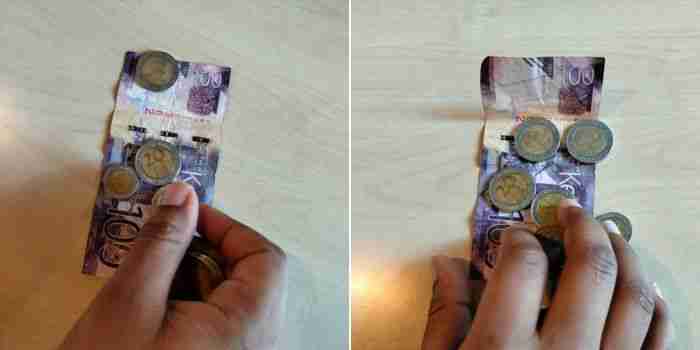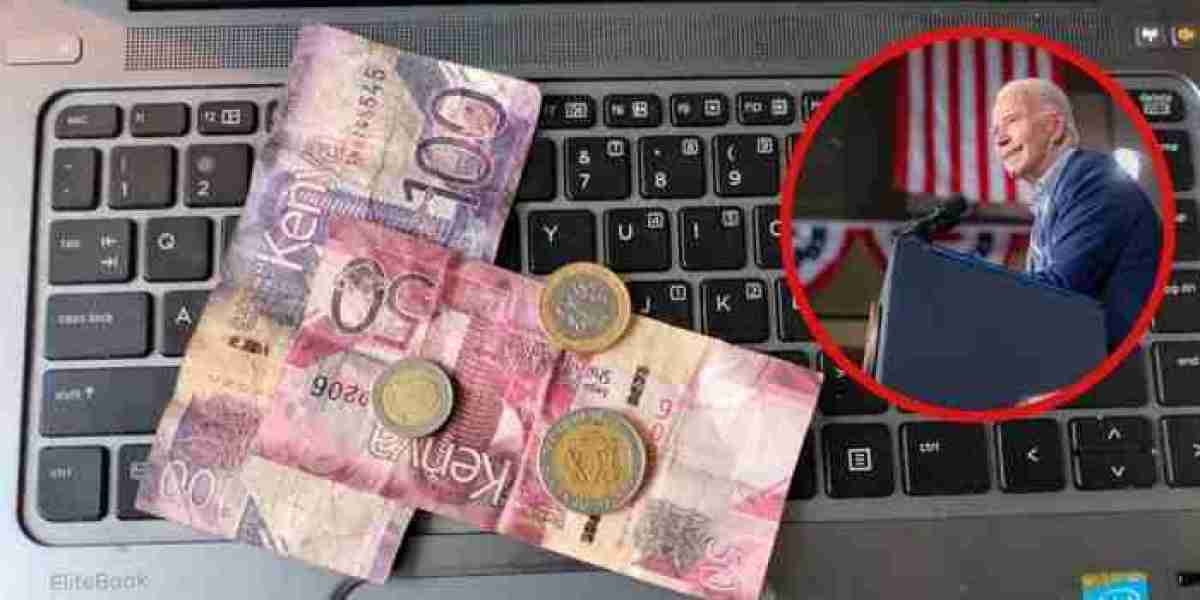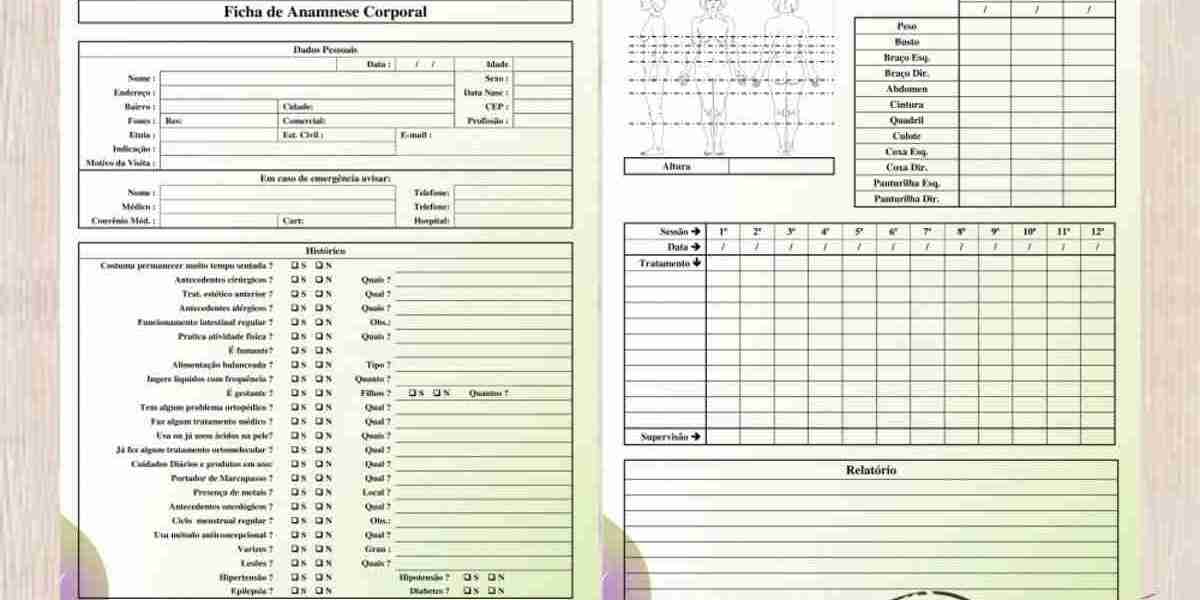On Friday, March 29, the United States Federal Reserve is expected to release its inflation gauge, the Personal Consumption Expenditures Price Index (PCE).
The data which will be released at a time when the US markets will have closed for the Good Friday holidays is expected to strengthen the Dollar which has been on a recovery trajectory.
The Dollar had slightly dipped on Tuesday, March 26, as investors waited on the Federal Reserve policy which would be a product of the anticipated inflation figures. The figures will determine if the U.S. Central Bank will cut interest rates for the third time in a year.
As reported by Reuters, while investors are glued on Good Friday’s core inflation figures, there are signs that the Dollar will strengthen.

This is largely supported by a bigger-than-expected jump in U.S. durable goods orders in data published on Wednesday, March 27.
The data revealed that more countries were placing orders for long-lasting US goods compared to February 2024.
Additionally, business investment in equipment appeared to improve in the first quarter further contributing to the strengthening of the Dollar.
The strength or lack thereof of the Dollar has a direct impact on the Kenyan currency and the local economy.
This is largely because the dollar is the main currency of trade for Kenya and most other countries in the international market.
For example, on March 20, investors credited the growth of the Kenyan economy and the strength of the Shilling to dollar inflows from the tea industry as well as remittances from Kenyans in the diaspora.
At the time when the Kenyan Shilling was at its weakest in January 2024, exchanging at 160 against the Dollar, Kenyans in the export and service industry earned more as they were being paid in Dollars.
In November 2023, National Treasury Principal Secretary Chris Kiptoo urged more Kenyans to invest more in foreign exchange earners, such as the tourism sector to take advantage of the situation.
In February, the Shilling started gaining strength such that as of Wednesday, March 27, the Central Bank of Kenya (CBK) revealed that it was exchanging at 132 units against the Dollar.
While exporters are now earning less, importers are saving on costs since the Dollar is the main currency of international trade.
With Kenya importing most of the manufacturing raw materials, this means that a strong Shilling against the dollar will reduce manufacturing costs and subsequently lower the cost of goods.
In an earlier interview with Kenyans.co.ke, Economist Vincent Kimosop remarked that for the long-term stability of the Kenyan Shilling, the country needed to export more than it imported.
This would result in a surplus of Dollar reserves and a demand for the Kenyan Shilling which would strengthen the local currency.
At the time when the Kenyan Shilling was at its weakest in January 2024, exchanging at 160 against the Dollar, Kenyans in the export and service industry earned more as they were being paid in Dollars.
In November 2023, National Treasury Principal Secretary Chris Kiptoo urged more Kenyans to invest more in foreign exchange earners, such as the tourism sector to take advantage of the situation.
In February, the Shilling started gaining strength such that as of Wednesday, March 27, the Central Bank of Kenya (CBK) revealed that it was exchanging at 132 units against the Dollar.
While exporters are now earning less, importers are saving on costs since the Dollar is the main currency of international trade.
With Kenya importing most of the manufacturing raw materials, this means that a strong Shilling against the dollar will reduce manufacturing costs and subsequently lower the cost of goods.
In an earlier interview with Kenyans.co.ke, Economist Vincent Kimosop remarked that for the long-term stability of the Kenyan Shilling, the country needed to export more than it imported.
This would result in a surplus of Dollar reserves and a demand for the Kenyan Shilling which would strengthen the local currency.




